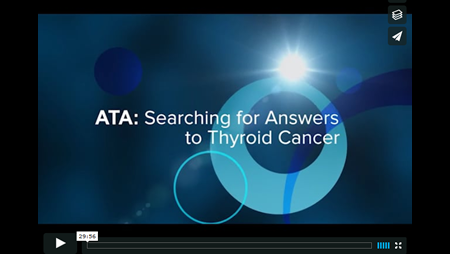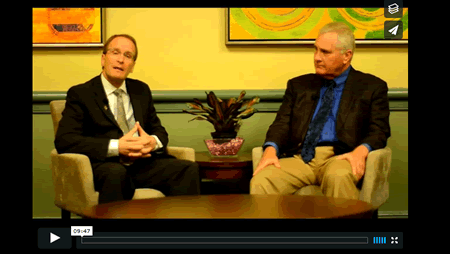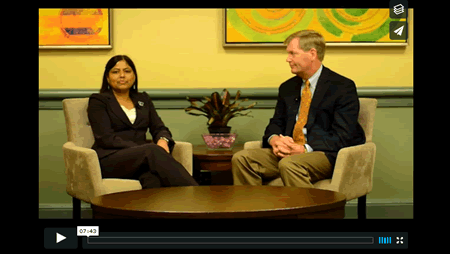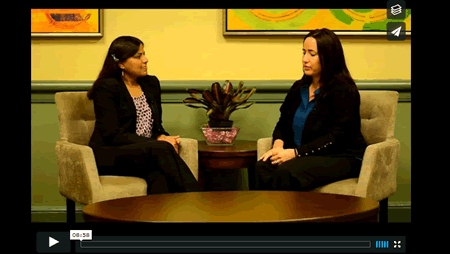Clinical Thyroidology for the Public summarizes selected research studies discussed in the previous month’s issue of Clinical Thyroidology, an official publication of the American Thyroid Association. Editor-in-chief, Alan Farwell, MD, FACE
Available in pdf format for saving and printing and Web page format for viewing online
PDF Format for Saving and Printing
Clinical Thyroidology for the Public Volume 14 Issue 4 (PDF file, 7.15 MB)
TABLE OF CONTENTS – Web Format
HYPOTHYROIDISM
A joint consensus statement from the American, British, and European thyroid associations on the use of combination L-T4/ L-T3 therapy in hypothyroidism
Despite returning the thyroid hormone levels to normal on L-T4 alone, a certain percentage of hypothyroid patients continue to have symptoms attributed to hypothyroidism. This has led to a desire by patients to find alternative treatments to L-T4 alone. To help address this, the ATA, BTA and ETA developed a consensus statement in which they reviewed the latest evidence of hypothyroidism treatment with L-T4/L-T3 and developed recommendations for future clinical trials.
Jonklaas J et al 2020 Evidence based use of LT4/LT3 combinations in treating hypothyroidism: A consensus document. Thyroid. Epub 2020 Dec 4. PMID: 33276704.
HYPOTHYROIDISM
Treating hypothyroidism decreases cholesterol levels
Thyroid hormone has a direct effect on cholesterol levels. This study investigates the effect of thyroid hormone replacement therapy versus observation for overt and subclinical hypothyroidism and hyperthyroidism on various cholesterol and lipoprotein levels.
Kowal A et al 2020 Treatment of thyroid dysfunction and serum lipids: A systematic review and meta-analysis. J Clin Endocrinol Metab 105:dgaa672. PMID: 32954428.
THYROID AND PREGNANCY
Having low thyroid hormone level in early pregnancy may be associated with early birth of the baby
During pregnancy, the mother’s thyroid hormone level may be low but her TSH is normal, a condition known as isolated maternal hypothyroxinemia (IMH). While it is clear that hypothyroidism can cause problems with the baby, we do not know whether IMH has any bad effect on the baby or the pregnancy. This study was done to find out whether there was an association between having IMH in early pregnancy and early birth of the baby.
Yang X et al 2020 The association between isolated maternal hypothyroxinemia in early pregnancy and preterm birth. Thyroid 30:1724–1731. PMID: 32434441.
HYPERTHYROIDISM
The incidence of hyperthyroidism after exposure to iodinated radiologic contrast media is extremely low
Exposure to an excessive amount of iodine can actually cause hyperthyroidism. Iodinated contrast media that is administered before specific radiologic tests, such as CT scans, contains a considerable amount of iodine. The authors of the current study performed a systematic review of the literature to better understand iodine-induced hyperthyroidism due to iodinated contrast media.
Bervini S et al 2020. Incidence of iodine-induced hyperthyroidism after administration of iodinated contrast during radiographic procedures: A systematic review and meta-analysis of the literature. Thyroid. Epub 16 Dec 2020.
THYROID NODULES
What do Hürthle cells mean in thyroid nodule aspirates?
Hurthle cells are a particular type of thyroid cell that can be found in both benign and cancerous thyroid nodules. Therefore, when seen in a thyroid biopsy sample, Hurthle cells often lead to an indeterminate diagnosis. In this study, the authors aimed to determine the risk of cancer based on the amount of Hurthle cell change seen in the biopsy specimen.
Ren Y et al 2020 The presence of Hürthle cells does not increase the risk of malignancy in most Bethesda categories in thyroid fine-needle aspirates.
THYROID CANCER
The use of PET imaging may change treatment and improve long-term survival of patients with thyroid cancer who have increased thyroglobulin levels and negative radioiodine scanning
Thyroid cancer has a good prognosis in general, as most patients are cured after their initial treatment. However, thyroid cancer can occasionally recur, and when it recurs, thyroid cancer can become resistant to radioactive iodine therapy if the cells no longer take up iodine. The goal of this study was to evaluate whether the use of PET scans to detect cancerous areas improves survival in patients with recurrent thyroid cancer resistant to radioactive iodine therapy.
Schleupner MC et al 2020 Impact of FDG-PET on therapy management and outcome of differentiated thyroid carcinoma patients with elevated thyroglobulin despite negative iodine scintigraphy. Nuklearmedizin 59:356–364. PMID: 32542618.









